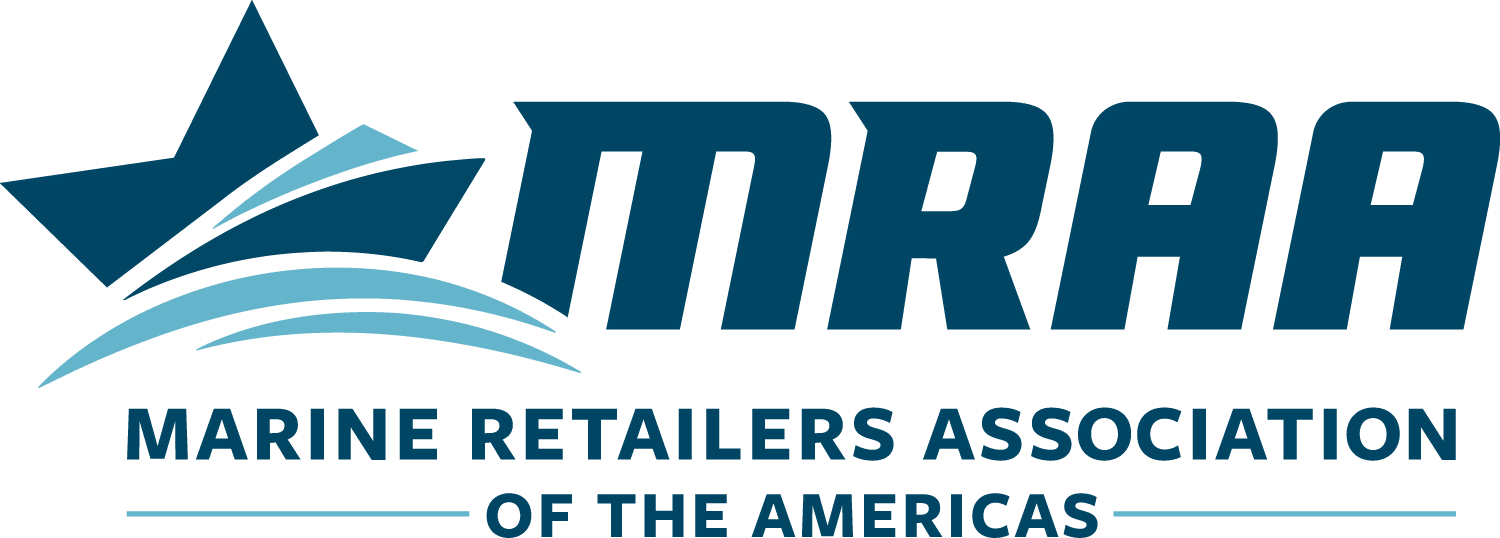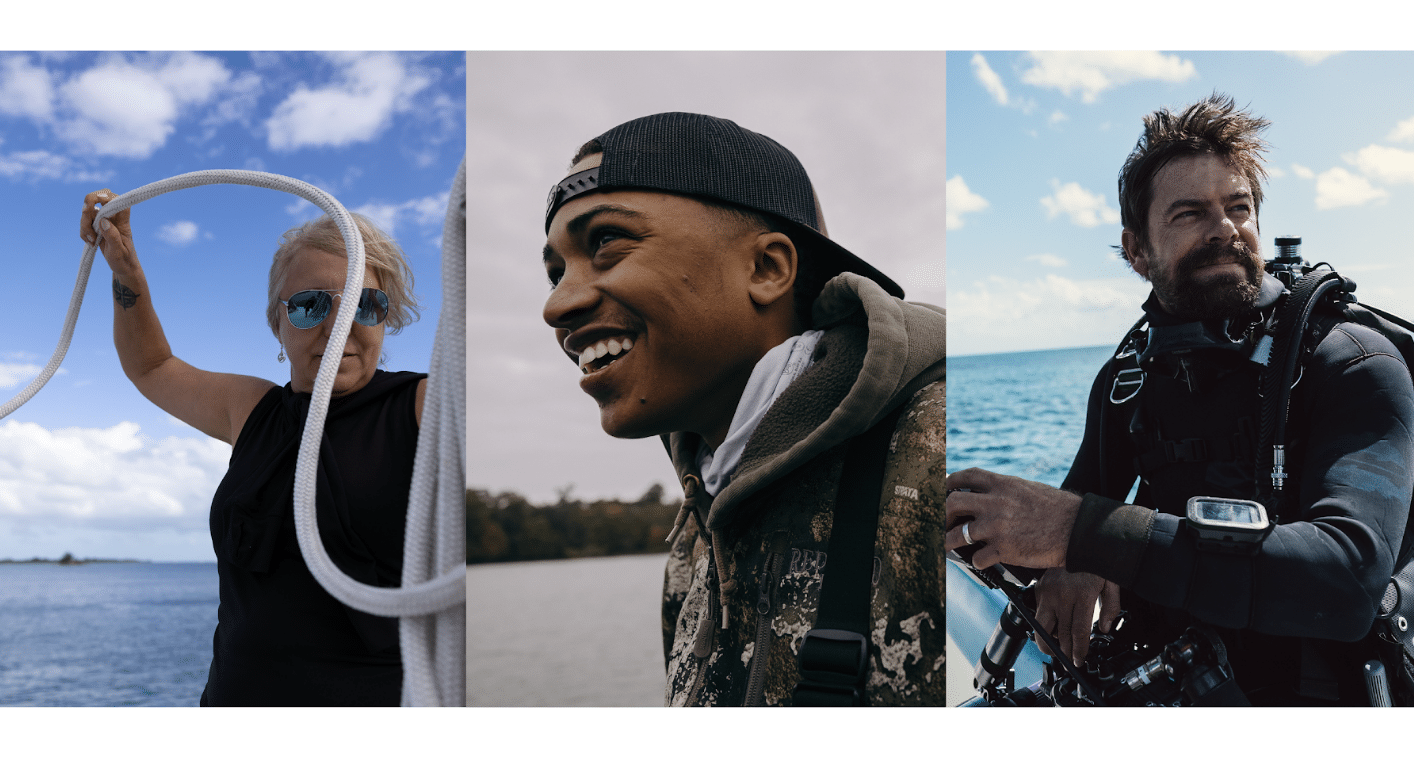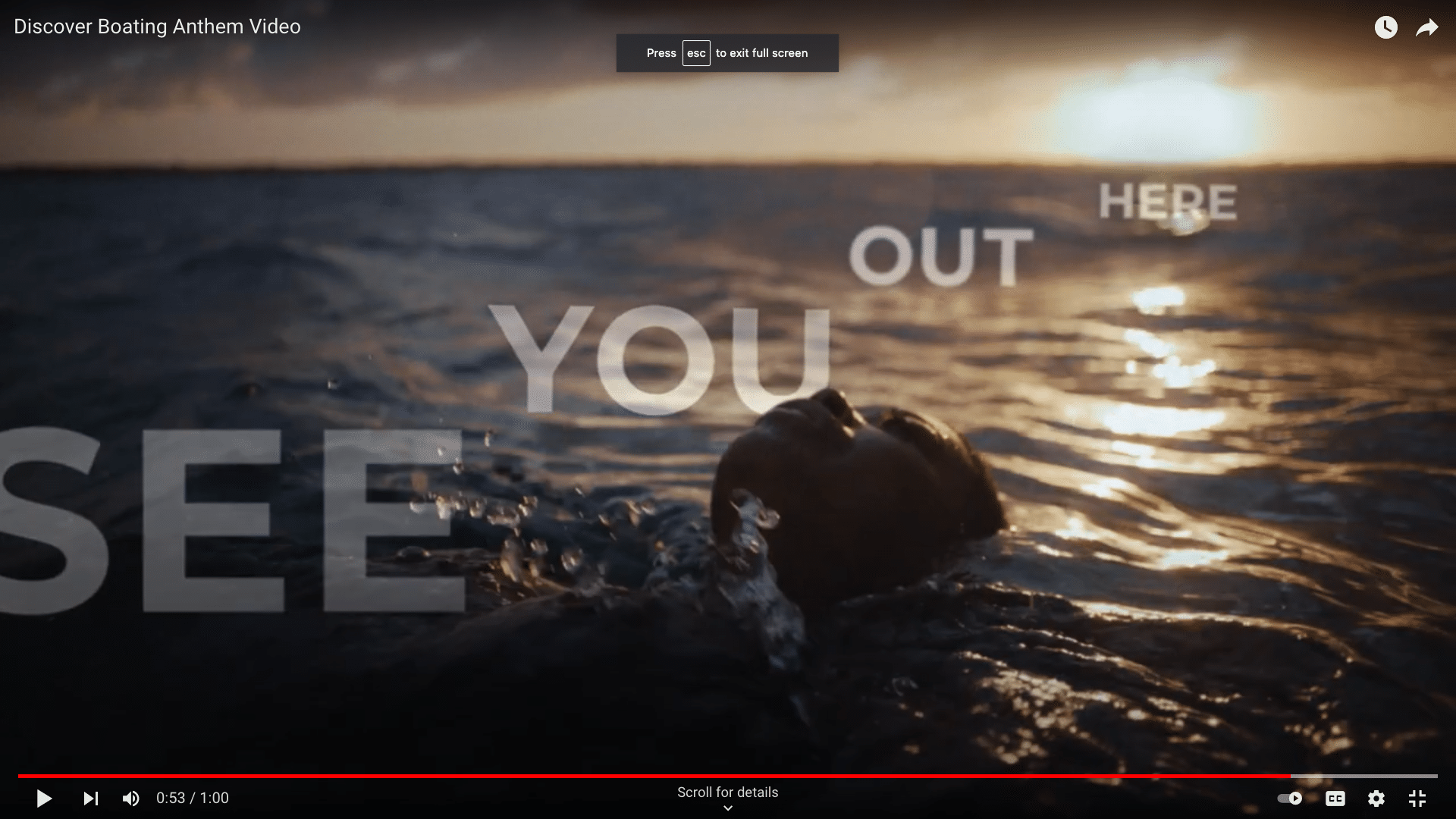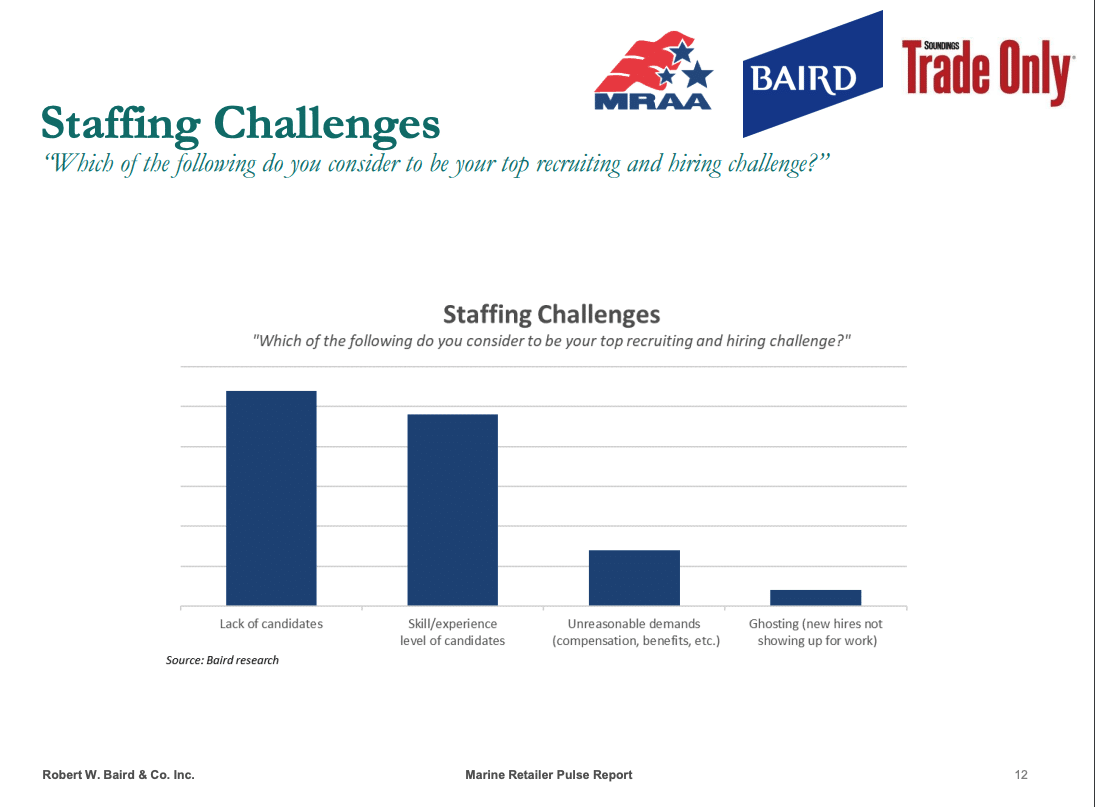MINNEAPOLIS — April 28 — The Marine Retailers Association of the Americas announces Boatline.com has committed to partner membership as Education Champions.
“Boatline aims to be a partner for dealers providing both marketing solutions and educational resources to support their business,” says Lori Stacy, CEO of Trader Interactive, the parent company of Boatline. “Partnering with MRAA through the Education Championship program allows us to share information that will expand knowledge of the industry and keep dealers competitive in the marketplace.”
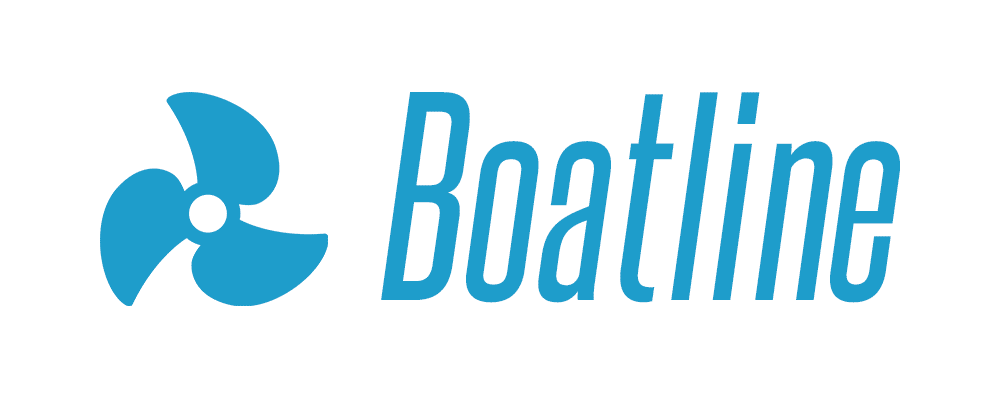
For more than 30 years, Trader Interactive has been the host of premier online recreation and commercial vehicle marketplace sites. Boatline, which leverages Trader Interactive’s proprietary functionality, uses next-gen technology specifically designed with boat shoppers and sellers in mind. Through marketplace listings, search engine optimization (SEO) services, search engine marketing (SEM) advertising options, and top-tier reporting via specialty lead enrichment and lead management products, dealers will streamline and improve their businesses.
As the second-highest level of membership, Education Champions fuel the educational programming that the MRAA delivers to its members in a year-round sponsorship program. Whether through Dealer Week, The MRAA Conference and Expo, MRAATraining.com or any other medium through which MRAA delivers content, Education Champions help bring MRAA’s world-class educational programming to life.
“In this digital era, where online has become not only a storefront for all dealers, but is how most consumers shop, it’s exciting to add Boatline as Eucation Champions,” said Allison Gruhn, Vice President of Business Development. “With decades of experience in the recreational industry, we value Boatline’s dedication to both the MRAA and the industry as whole, and look forward to generating resources for our members.”
About the Marine Retailers Association of the Americas
At the Marine Retailers Association of the Americas, we believe that for the marine industry to thrive, the retail organizations that interact with the boaters in their community must thrive. With that in mind, MRAA works to create a strong and healthy boating industry by uniting those retailers, providing them with opportunities for improvement and growth, and representing them with a powerful voice. For more information, visit MRAA.com or contact us at 763-315-8043.
About Boatline
Boatline is a next-generation marketplace powered by Trader Interactive, an industry leader in premier online recreation and commercial vehicle marketplace sites. Marine Dealers have access to top-tier tools for advertising their locations and inventory, researching prices and scarcity, and top-of-the-line lead generation and management tools. Plus, buyers can expect a high-quality shopping experience and the fastest loading marketplace in the marine industry. You can visit us at Boatline.com or contact us at marketing@traderinteractive.com or call 877-354-4068.
